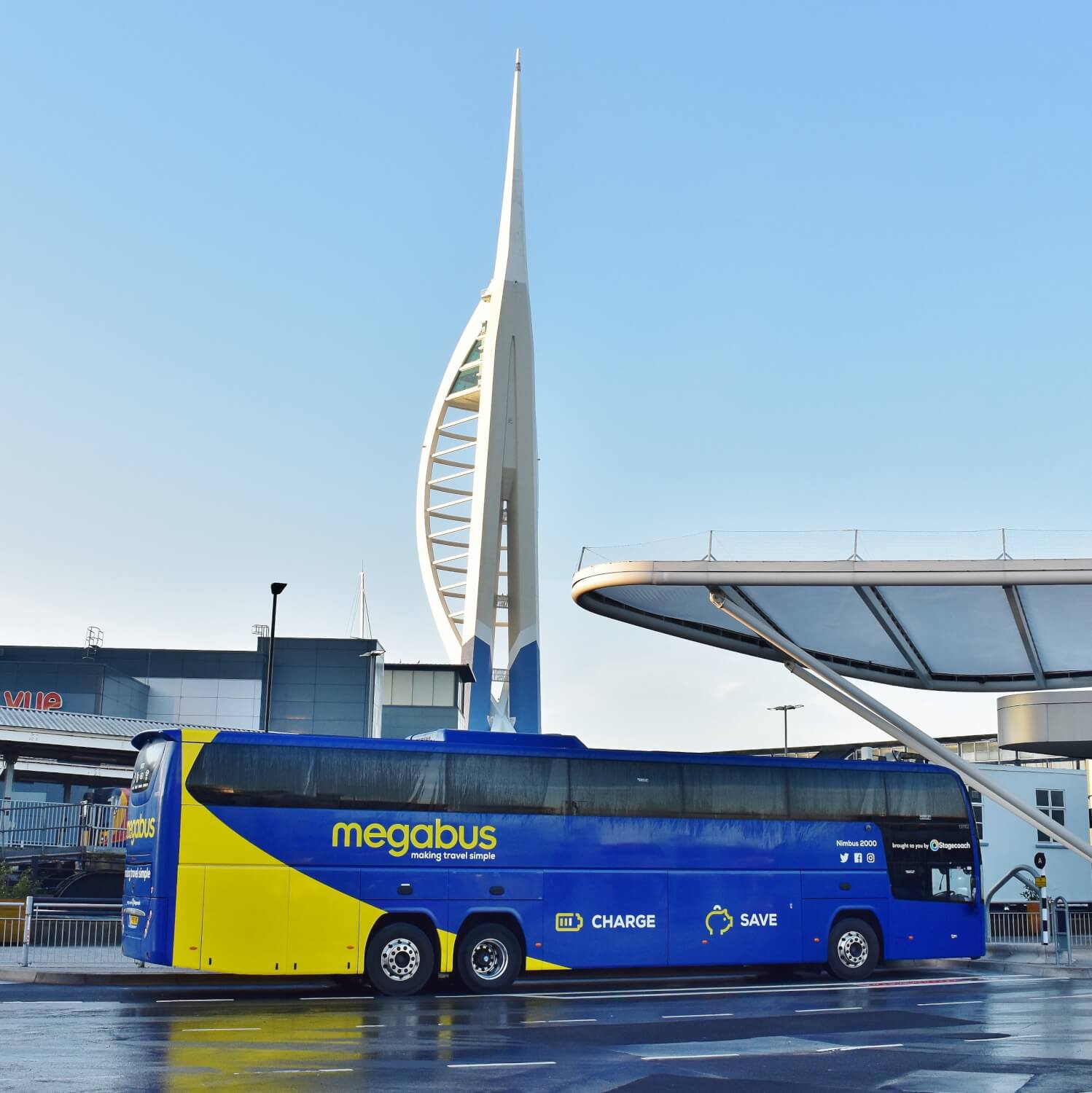Hot on the heels of the firm’s launch with megabus, Peter Jackson learns more about uTrack and how it’s helping take operators’ customer experience to the next level
Maybe you’ve heard of uTrack – they work with some of the UK and USA’s largest operators, after all – but if you haven’t, you’ll have certainly benefited from the company’s work if you’ve ever ridden on a National Express or, more recently, megabus coach. That’s because uTrack’s highly advanced, data-driven systems are the unsung operational heroes of a growing number of well-known operators, and work around the clock to ensure passengers arrive on time.
Founded by engineers Eamonn Hughes – the company’s CEO – and Chief Technical Officer Conor Gildea, uTrack pioneered real-time tracking technology in the coach and bus industry when it launched its first system back in 2010. “We built a solution for a company in Ireland, Dublin Coach, which was founded by the guy who originally setup Aircoach, John O’Sullivan,” Eamonn recalled.
“John came to us having heard we were creating tech for private coach operators, and asked if we could come up with a solution for him. We came up with a real-time information system that made use of their existing WiFi and GPS systems to provide a real-time feed, and designed an app for passengers.
“We brought the likes of National Express Coach over to see what the system looked like, and they thought it was interesting for a smaller operator but didn’t think it would scale up to an operator of their size. They were still willing to give it a go though, so we did a pilot which worked pretty well, and they ended up rolling it out across their business.
“At that point, we pitched a whole new vision for them. We were surprised how they didn’t really have effective tracking to know what their operators were doing, and although they had real-time information for their customers, the departure boards were static and staff didn’t know what was going on… it was a bit of a mess. So from 2011 onwards we started developing solutions with them, and started working with other bus companies to enhance our products and services.” 
By subscribing you will benefit from:
- Operator & Supplier Profiles
- Face-to-Face Interviews
- Lastest News
- Test Drives and Reviews
- Legal Updates
- Route Focus
- Industry Insider Opinions
- Passenger Perspective
- Vehicle Launches
- and much more!


